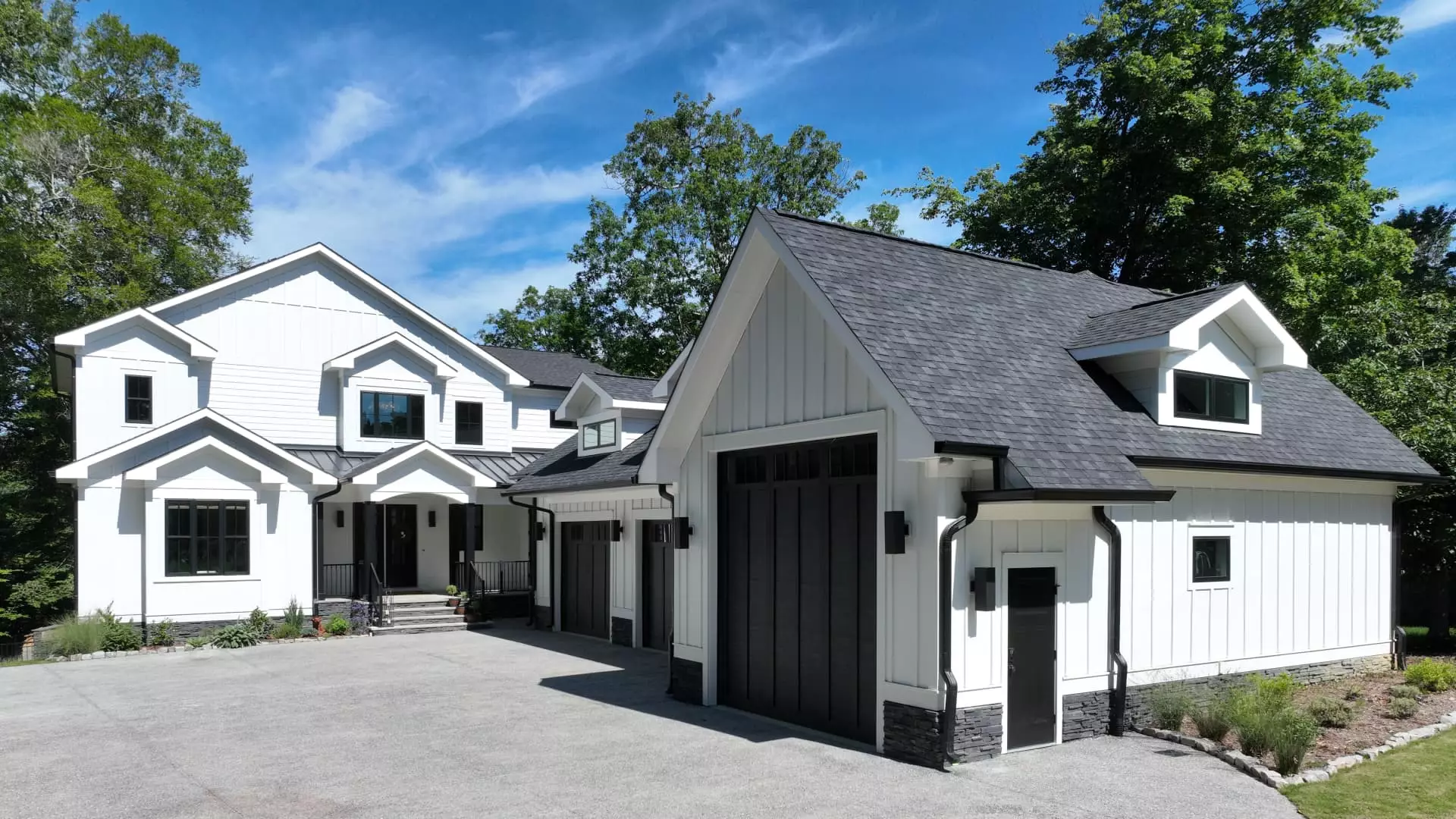Real estate is not merely a vital component of the American economy; it represents a significant factor in the country’s endeavor to combat climate change. Federal officials have pegged the sector as responsible for approximately 31% of the United States’ total greenhouse gas emissions. This figure, based on data from the Environmental Protection Agency (EPA), encompasses both direct emissions from buildings and indirect emissions linked to energy consumption. Alarmingly, this percentage eclipses emissions from other major industries such as transportation and agriculture, emphasizing the pressing need for a renewed focus on sustainable practices across residential and commercial buildings.
To address this issue, the Biden administration has implemented extensive policy measures aimed at reducing emissions in housing. One of the cornerstone policies is the Inflation Reduction Act enacted in 2022, which offers financial incentives for homeowners to enhance the energy efficiency of their residences. These incentives include tax breaks and rebates, making it more economically feasible for individuals to invest in sustainable upgrades. In addition, the Department of Energy recently unveiled guidelines that define “zero emissions” buildings—structures that are energy-efficient, free from onsite emissions, and powered exclusively by clean energy sources.
A prime example of these initiatives can be seen in the experience of Morgan Wojciechowski, one of the pioneering homeowners to receive the federal “zero emissions” certification for her house in Williamsburg, Virginia. Built with sustainability in mind, Wojciechowski’s residence exemplifies practical applications of these policies. The house, which spans 5,800 square feet and was constructed at a cost of around $1.1 million, operates entirely on electric power and utilizes a solar energy system. The impact on both energy efficiency and financial savings is noteworthy, as Wojciechowski and her family can expect utility bills to average about $917 annually—an impressive reduction compared to the average American household.
Wojciechowski’s insights highlight an essential aspect of sustainable housing: financial viability. Her home’s energy-efficient design and solar power system are projected to save approximately $7,226 per year when compared to traditional homes. This figure notably includes savings generated from net metering, a system that allows homeowners to receive credits from their utility company for excess energy fed back into the grid. Such financial models demonstrate not only the long-term benefits of investing in energy efficiency but also the increasingly attractive prospects of sustainable living.
While the benefits of sustainable housing are becoming clearer, challenges persist. Wojciechowski stresses the importance of integrating energy-efficient practices from the outset. A home must be constructed or retrofitted to minimize energy demands; otherwise, the additional cost of solar panels may negate their financial advantages. She emphasizes the need for homeowners to be realistic about what is feasible, suggesting incremental changes rather than overwhelming upgrades.
For anyone looking to adopt greener practices, Wojciechowski recommends starting with simple improvements, such as upgrading windows and doors. In older homes, these factors often constitute the largest sources of energy inefficiency. Tightening the envelope of a home by ensuring insulation is adequate can elevate energy performance significantly. Additionally, the possibility of tax incentives for such upgrades provides extra motivation for homeowners looking to improve their energy consumption.
Interestingly, Wojciechowski acknowledges the limitations faced by renters in implementing energy-efficient changes. However, engaging with landlords and advocating for sustainable improvements—like encouraging the installation of energy-efficient appliances or better insulation—can still lead to meaningful changes. Moreover, practicing energy conservation habits, such as turning off lights or employing timers, remains a viable option for renters.
The ongoing quest for climate reform in America indicates that change can start at the level of individual homes. With a motivated government, committed citizens, and the right financial tools, the real estate sector can become a catalyst for substantial reductions in greenhouse gas emissions. Sustainable housing does not have to be an unattainable luxury; instead, it can serve as a standard that underpins a collective commitment to environmental responsibility. As demonstrated in the case of Wojciechowski, even large-scale investments in energy-efficient structures can yield substantial long-term benefits, paving the way for a more sustainable future.

